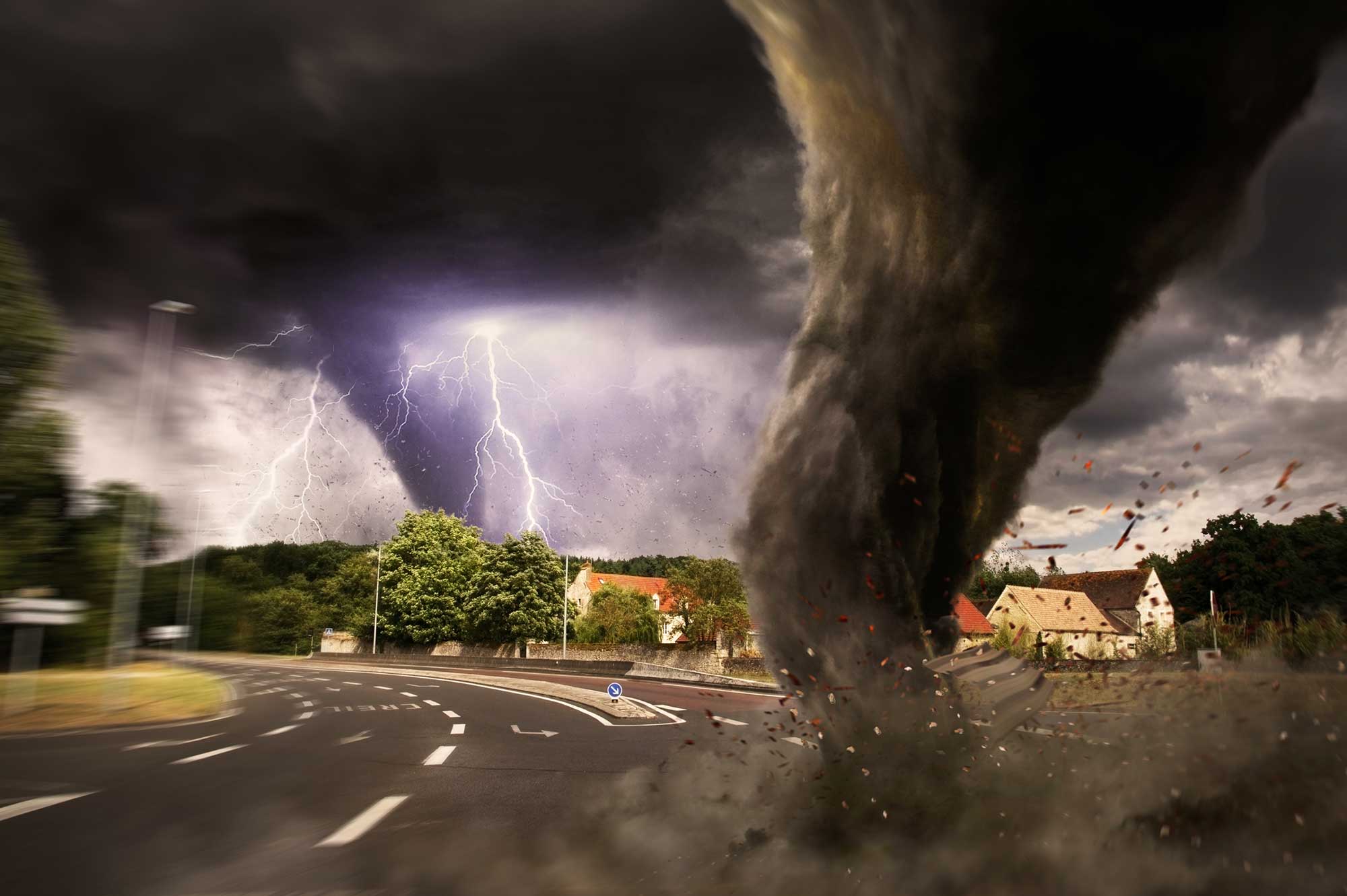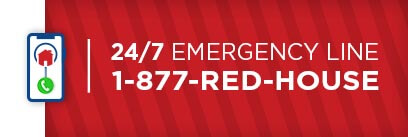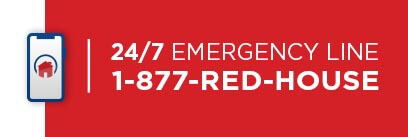
Imagine a storm hitting and you’re peacefully waiting it out, confident that you’ve protected your home by taking care of all the necessary repairs because you’re on top of it. This can be your reality if you prepare now. Spring is here, and along with it comes storm season. What does this mean for us in the Mid-Atlantic? It means that right now is the time to get started.
We care about our customers and our communities! We want to make sure you know what to do to help mitigate potential loss and damage to your home. A harsh reality of home ownership is making sure you’re protecting your property from the elements such as tornado, hurricane, hail, heavy rains, winds and other severe storm events. Don’t wait until it’s too late – prepare your home for storm season now.
1. Secure and Waterproof Your Home
Inspect your windows and doors. Often, these points of entry are compromised first and once they are, it pressurizes the house, making it easier for the roof to be severely compromised in a major storm. Applying caulk around your windows and doors can reduce damage due to potential moisture and leaks from fierce, wind-driven rain. Consider ensuring all doors have head bolts and foot bolts, and that your garage is properly braced. Install storm shutters or go the DIY route and cut them out of 5/8-inch-thick marine plywood. For larger pieces of glass, like sliding glass doors, consider using reinforced plywood. The wind can wreak havoc on your roof and once your roof is compromised during a storm, the onslaught of devastating damage is unavoidable. Get a comprehensive property and roof inspection by a licensed, accredited professional. Look at your roof to see if there are any missing shingles. Do you need to reseal it? Get those repairs done now to reduce any potential damages and to avoid a larger problem later.
2. Clean Out Your Gutters
3. Pack It Up and Tack It Down
If you have any outdoor furnishings, you’ll need to start thinking of space inside to store them when a storm hits. If there are extra items outside that you don’t use, it’s time to find a place for them or donate them. These things can become airborne and easily cause severe damage. Make sure to inspect exterior structures such as carports, porches, decks, sheds, lanais, screened-in enclosures to make sure they are structurally sound and well attached to their anchor points.
4. Landscape Maintenance
5. Get a Back Up Sump Pump and Generator
6. Consider Installing Storm Shutters
7. Prepare an Emergency Kit
In the event of a major storm, you may need to leave your home suddenly or be without power for awhile. Preparing an emergency kit that’s easy to grab will save you time and money. Think of packing those items you’ll need in the event you lose power: flashlights, batteries, car phone chargers, candles, matches, etc. Packing copies of your important documents is a must, as well as a first-aid kit, extra bedding, clothes, and sundries. Head over to FEMA for a comprehensive checklist.
8. Review Your Insurance Policies
It’s important to review your insurance policy and understand what’s covered. Have copies of all your important documents. Add an extra layer of safety and store a second copy in an area that’s not prone to storm or hurricane damage (i.e. cloud storage, email a family member in another state, etc.) Remember that you’ll need to have access to proof of ownership documents for all property including homes, businesses, cars, and boats. If you live in a hurricane-prone area, it is important to include flood insurance on your policy. Flood insurance is critical even if you don’t live on the coast. Visit www.floodsmart.gov to learn about your flood risk and flood insurance options for your area. If you have questions on your policies, contact your insurance provider(s) to learn more and review the details.
9. Take an Inventory of Your Home
As a licensed general contractor, Home Repair, LLC is your trusted partner in construction, roofing, siding, windows, gutters, storm damage restoration and repairs. With over 30 years of experience, we know storms! Protect yourself. Protect your home. Contact us for a free property inspection.
Don’t Wait Until It’s Too Late
As a licensed general contractor, Home Repair, LLC is your trusted partner in construction, roofing, siding, windows, gutters, storm damage restoration and repairs. With over 30 years of experience, we know storms!




